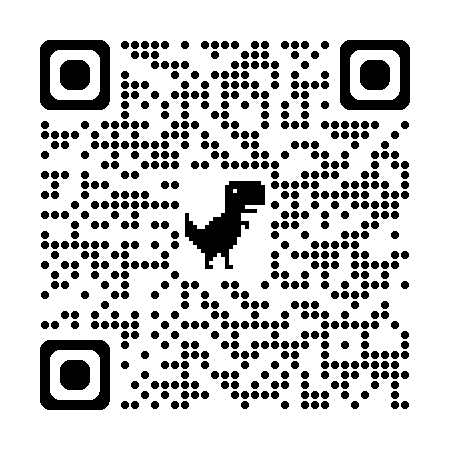How Ryve redefines Travel for business professionals



UX Mapping Methods: Visual-Design Guide
UX visualizations (commonly referred to as UX mapping methods) are artifacts that describe various aspects of a product or processes associated with it. There are many different types of UX mappings: empathy maps, customer-journey maps, service blueprints, and roadmaps.
Each map has a unique purpose and, thus, varies in structure and content. Though many of these maps begin in rough formats (for example, as a set of sticky notes or a collaborative spreadsheet), they are often transitioned to a polished form in order to be shared with others. This article outlines some visual-design tips for improving the appearance of your UX maps.
When the Visual Design of a Map Matters
There are times when it doesn’t make sense to take time to polish a map. For example, imagine you are working with crossdisciplinary peers and realize, as you are prioritizing work, that you all have different ideas about what your users do. A solution may be to create a customer-journey map to bring everyone on the same page. In this case, the collaboration and discussion are more important than the map and investing time in the map’s visual design is not necessary
“Ryve has completely changed the way I get around! Whether it’s a quick ride to work or a late-night trip home, I know I can always count on Ryve for reliable, safe, and friendly service. The drivers are professional, and the app is so easy to use—it’s become my go-to travel solution!”
When the Visual Design of a Map Matters
- There are times when it doesn’t make sense to take time to polish a map. For example, imagine you are working with crossdisciplinary peers and realize.
- Prioritizing work, that you all have different ideas about what your users do. A solution may be to create a customer-journey map to bring everyone on the same page. In this case, the collaboration and discussion are more important than the map and investing time in the map’s visual design is not necessary.
There are times when it doesn’t make sense to take time to polish a map. For example, imagine you are working with crossdisciplinary peers and realize, as you are prioritizing work, that you all have different ideas about what your users do. A solution may be to create a customer-journey map to bring everyone on the same page. In this case, the collaboration and discussion are more important than the map and investing time in the map’s visual design is not necessary



